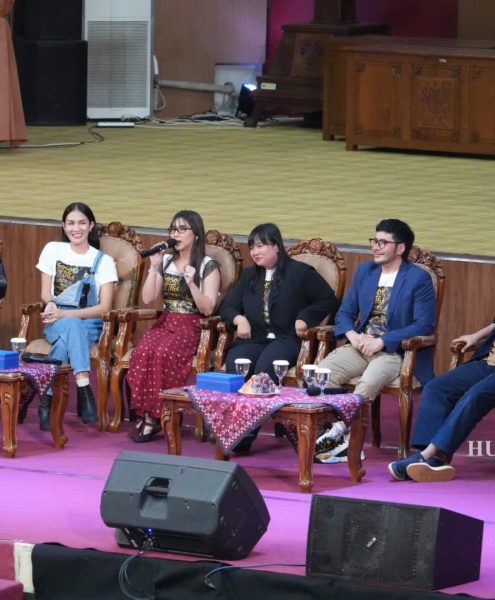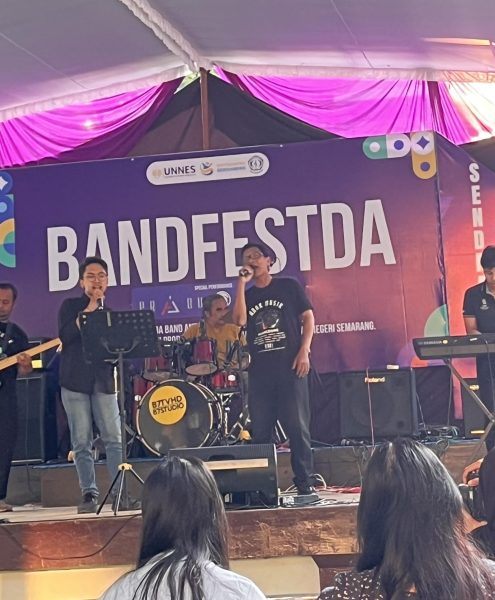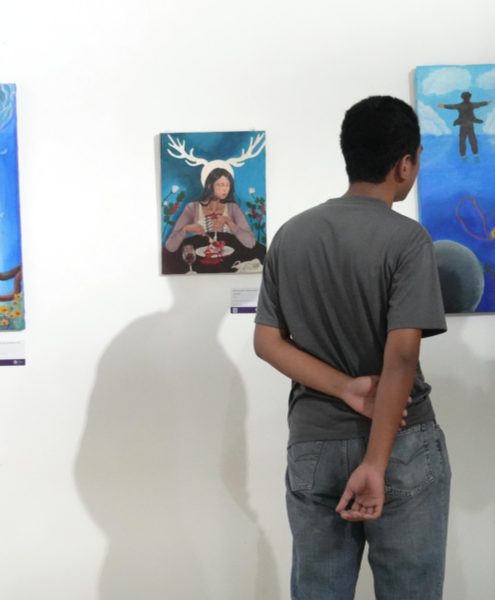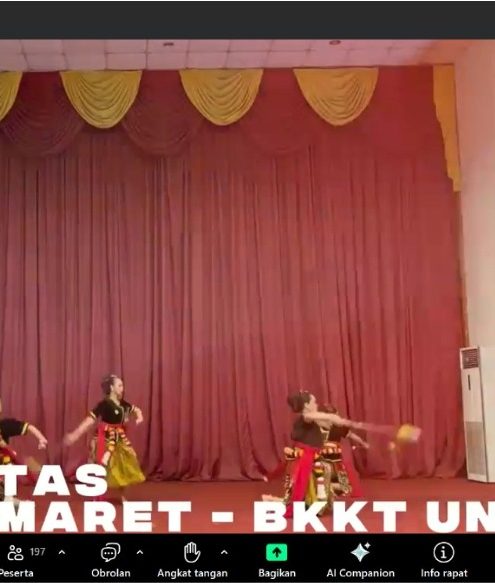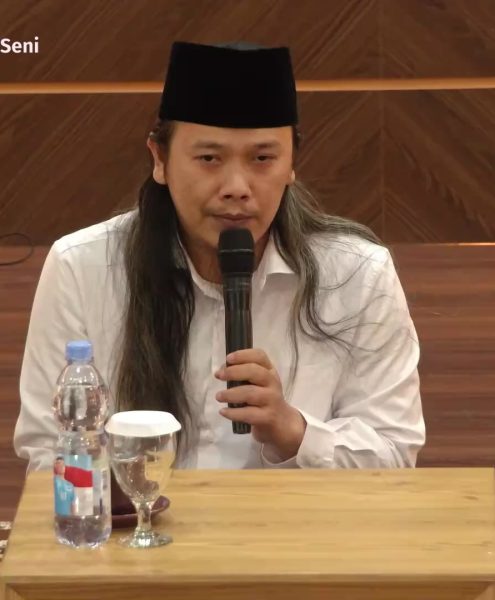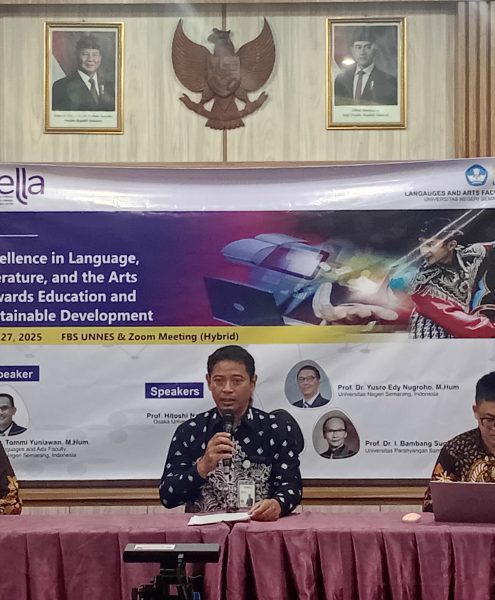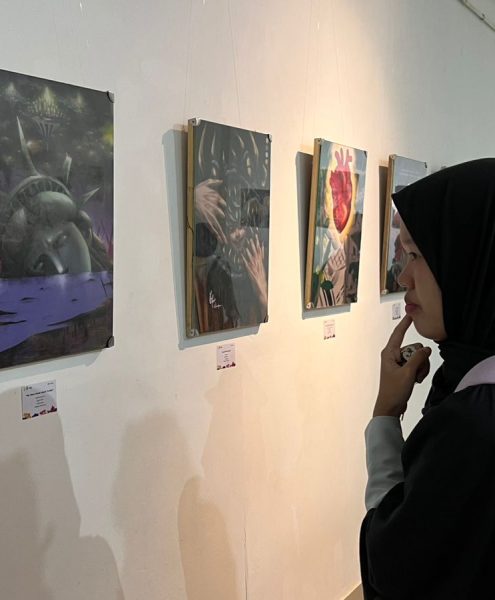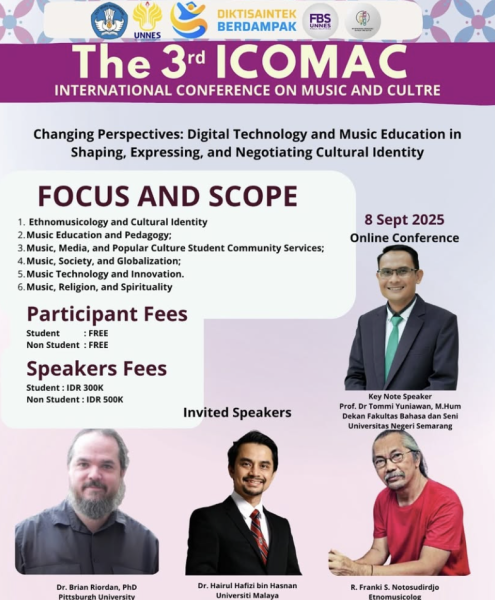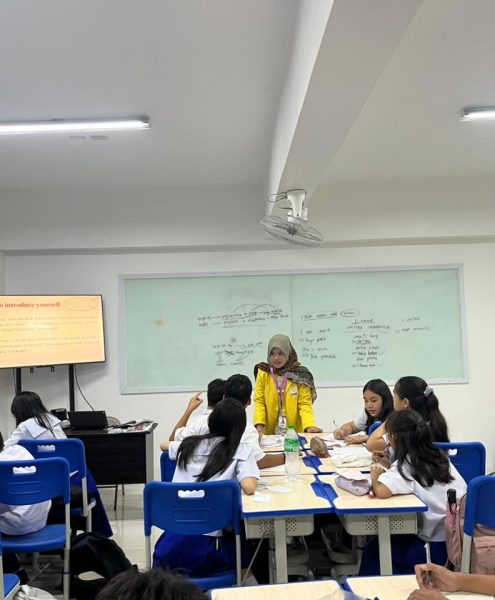Ermi Dyah Kurnia, S. S., M. Hum.
Research Areas:
Linguistics
Key Findings/Conclusions:
The study reveals that panyandra in Javanese language belongs to metaphor of similarity. However, this category of metaphor needs to be further clarified regarding the mapping between the source and target domains, which turns out to have a socio-cultural role in it. Therefore, this kind of similarity metaphor can also be called a socio-cultural metaphor as offered by Takada. The present research also shows that through metaphorical mapping that involves socio-cultural contexts, we can clearly see the background of the selection of the source domain (i.e., in the form of animals, plants, and certain objects around Javanese society) used to conceptualize the beauty of Javanese women. In this type of metaphor, the concept of source and target is socio-culturally defined, and the mapping between the two is motivated by the similarity between the source and target that is interpreted socio-culturally.
Link to Publication:
Not available (N. A.)
How to Cite:
Kurnia, E. D., Insani, N. H., & Widihastuti, R. A. (2022). Pola pemetaan metaforis dalam panyandra [Metaphorical mapping patterns in panyandra]. In Kurnia, E. D. & Peni, E. N. (Eds.), Bahasa, sastra, budaya Indonesia dan daerah dalam berbagai perspektif [Language, literature, and culture of Indonesia and the locals from various perspectives] (pp. 1-14). UNNES Press.


